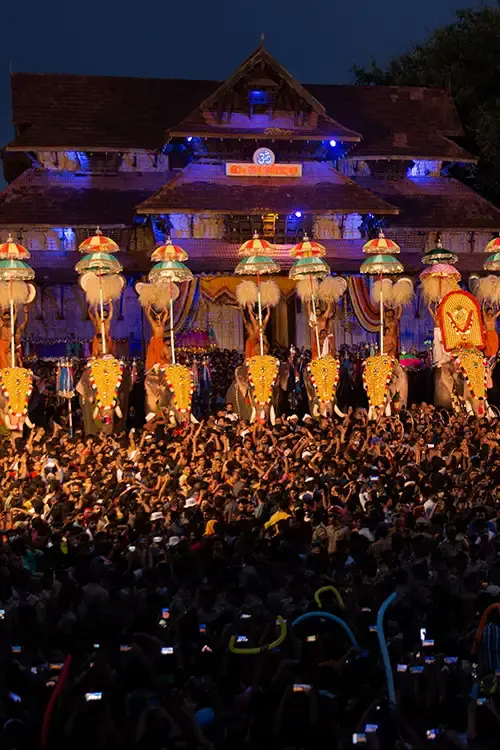It is not another Kerala Book
Thanks to God and publishers, you never run out of books on Kerala. But your hands seldom fall on a well-thought, well-written book with a good insight. It is the point at which ‘Kerala: A Poem in Green and Gold’, a meditative composition by Mr. K. Jayakumar, lyricist, poet and civil servant, becomes different. Through the book, the author proves that ‘the culture of Kerala’ is an expression, or rather, an experience that cannot be captured in any cliché.
As a tourist centre and an enchanting travel destination, Kerala may be familiar to you. The expressions ‘tranquil seas’, ‘golden stretches of sands’ and ‘the haven of Green’ may well describe this land’s beauty. But, how did this small state become ‘God’s Own Country’ in all its aspects? That is the question that Mr. Jayakumar tries to answer in the book published by Invis Multimedia in association with Kerala Tourism.
His pen does not leave any aspect untouched… may it be politics, society, religion, cuisine or the life of the women. The complex yet beautiful fabric that is created by all these factors is what we call ‘Kerala’, he seems to tell. The state’s life has a vibrancy woven into it. It is reflected everywhere… even in the day-to-day chores of a working community. The geographical diversity marks a creative difference in the lives of the people also. No writing on Kerala will be complete without the correct capturing of this diversity.
The book, divided into ten chapters has a fine introductory piece by Dr. U. R. Ananthamurthy. The renowned author and scholar aptly remarks, “here is a book that has dared to stray away, in spirit and language, from the primrose paths of tourism to capture the enigmatic beauty of Kerala in a strikingly truthful manner. Often books on travel and tourism dabble on chimerical surface attractions and fail to make deep studies of the land, its people and their culture.” Around 200 captivating photos, taken by renowned photographers are another attraction of the book. They go well along with the textual beauty and create a fine harmony of words and colours. Once you close the book after the first reading, you may not only be informed, but enlightened. It is not easy to call a non-fictional work ‘an experience’. But this one really is.






